Andrew Blackmore reports from the theater which shall forever be known as the New York State Theater:
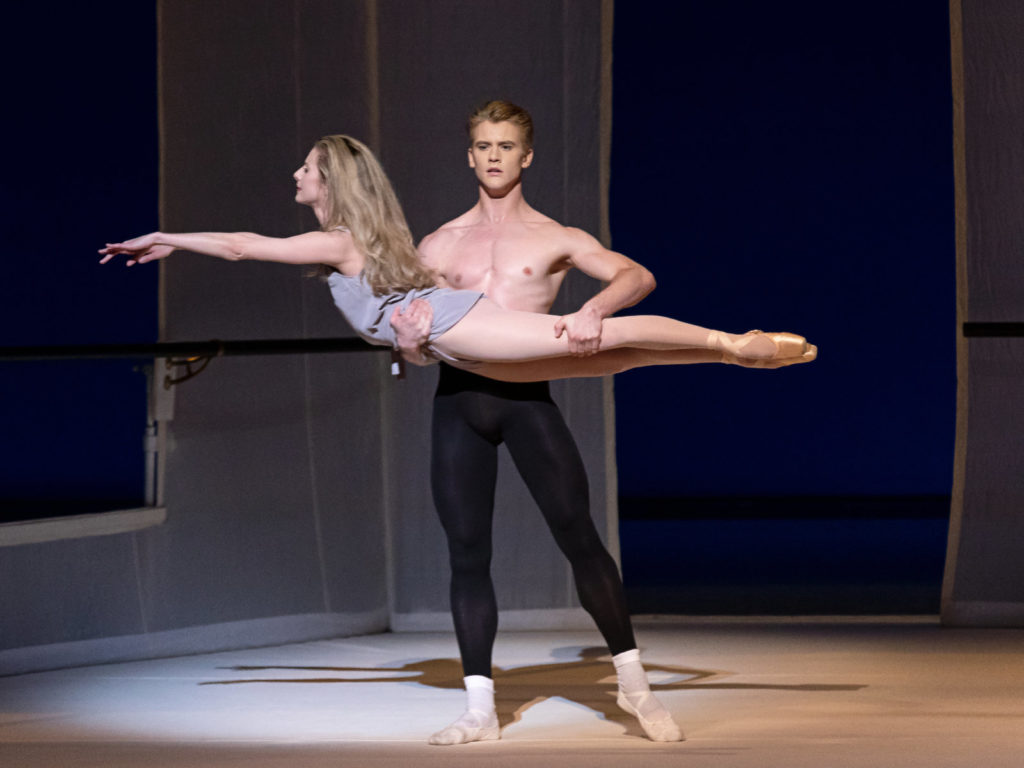
Chase Finlay and Sterling Hyltin in Jerome Robbins’ Afternoon of a Faun (Photo: Erin Baiano)
I wish there were a Robbins Festival every ten years so we could be sure to retain his work in the repertory. When I see one of his ballets for the tenth or twentieth time, I nearly always find something new to chew on. Whether it’s the way he was able to get dancers to invest emotionally in his creations, the choreographic innovations, his masterful use of music, an infallible sense of theater or something I’ve not thought of yet, I never stop discovering his work. My only regret is that I didn’t get to see more of these shows that paid homage to one of the greatest choreographers that ever lived. Not all of this program was terrific but each of the four ballets had something of particular beauty about it.
New York City Ballet’s pre-show See the Music initiative is admittedly edifying but it added considerably to the length of the program. I think I would prefer to have it be optional by preceding the 2:00 PM curtain by a half hour rather than have it extend the show to two and a half hours. For this edition, Music Director Andrew Litton gave a thorough disquisition on Maurice Ravel’s Concerto for Piano in G Major and I’ll confess that I would have enjoyed the show less without his knowledge. Litton also got a chance to display his considerable chops on the piano and it appeared that he relished his moment in the spotlight. I learned enough that it turned out I liked the music better than Jerome Robbins’ ballet, In G Major. It’s a nice enough piece of choreography, full of soft lyricism and easy on the eyes. The music is gorgeous, full of twists and turns, bits of jazz and old Spain, rhythmic juxtapositions. The concerto is not flashy or epic but there is much to love in the aural textures. Tyler Angle and Maria Kowroski were well matched for this ballet, at least physically. Their pas de deux in the second movement was graceful and charming. She approaches and retreats from Angle, moving in what Litton described as 3/4 time against 6/8 time. She’s feeling trepidation. You wouldn’t necessarily know it because she wasn’t actually showing much emotion. Angle was superb. His partnering was as good as his solo dancing. As a whole, In G Major is too much like Erté’s costumes for the piece: full of glossy French Riviera good cheer delivered by way of a Russian expatriate. The happiness feels oddly fake. It’s not that there’s any angst hiding here. It’s more as though the performers have exhausted their emotional bank and all that’s left is blank professional smiles and lovely poses. You’re not certain whether they’re on their way to play tennis or the plage and you don’t really care. Part of this ambivalence was down to Kowroski’s low affect and part was due to the simple fact that, while attractive, In G Major is not Robbins’ best choreography.

Jenelle Manzi in Jerome Robbins’ In G Major (Photo: Paul Kolnik)
Ballet and the life of dancers mostly takes place in a studio. It involves uncountable hours of dance classes, rehearsing and preparing for those all too brief moments on stage. The mirror that is in every dance studio is a constant presence in dancers’ lives. They use it to check positions, make sure that body placement and alignment is correct and that they are executing steps properly. The mirror continues to exist intangibly in front of many dancers when they get on stage. They try to project an image of themselves that they want people to see. In large part, Robbins’ magic was in getting dancers to be authentically themselves while performing. In effect, he was constantly trying to remove the mirror. Afternoon of a Faun is a ballet that is deceptively simple. On the surface, it’s just a young man, Chase Finlay, in a dance studio, stretching and preening. A young woman, Sterling Hyltin, shows up and they have a brief romantic encounter. But Robbins placed an imaginary mirror between the dancers and the audience. The dancers face us, but they don’t see us. It’s a tangible barrier and we are merely observers of a private moment. Furthermore, their encounter is not so much with each other, but rather through the reflections of their images in the unseen mirror. They barely look directly at each other. It’s as if they are unable to be genuine with each other and use the mirror to maintain their distance. The pairing of Hyltin and Finlay was golden. Hyltin’s unique ability is either to mold herself against her partner or draw him to her in such a way that every connection seems foreordained and she always fits perfectly with whoever is partnering her. I go back and forth on this and can’t quite make up my mind. It was easy to believe in Finlay’s vanity as he looked in the invisible mirror, posing, stretching and dancing a few steps. There’s not a great deal for them to do in this brief duet but they did it all well.
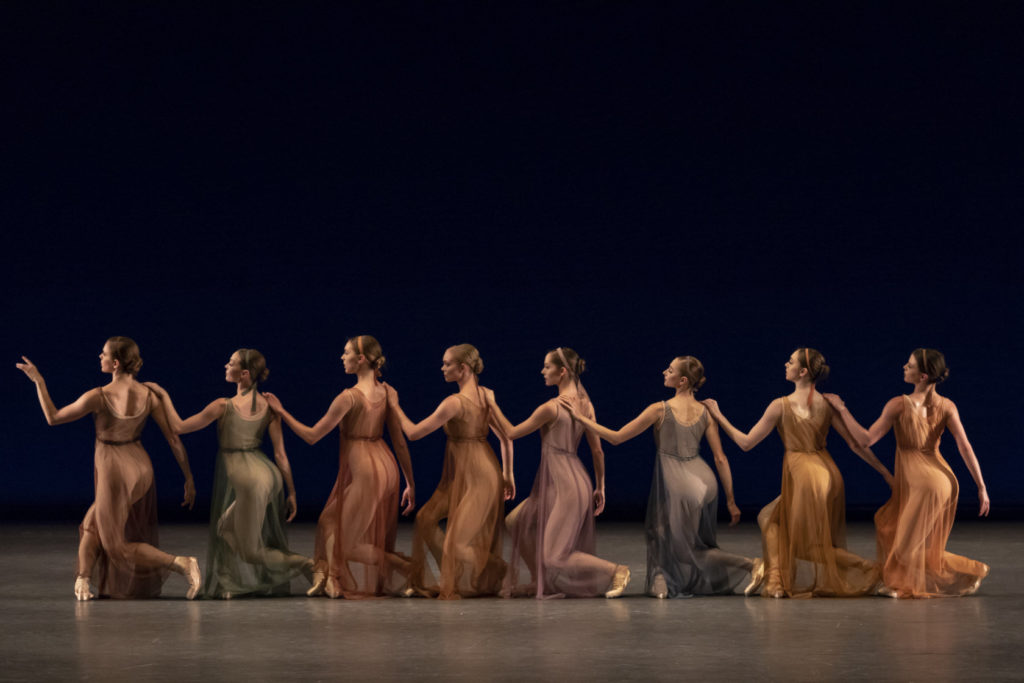
New York City Ballet dancers in Jerome Robbins’ Antique Epigraphs (Photo: Erin Baiano)
Debussy’s music for Antique Epigraphs conjures a contemplative reverie but the effect was soporific, judging by all the nodding heads I saw around me. Savannah Lowery was lucky to have the first variation because we were all still alert. She was adroit in her turn as a priestess from an ancient frieze who comes to life, surges with vitality and is stilled again. I enjoyed her shifting between two dimensions and three as she suggested the transition from art to life and back again. As the ballet went on, the rest of the soloists got their turn but it became increasingly more difficult to concentrate as lethargy set in. There’s a lot of simple beauty in this ballet but it needs to be set to a livelier piece of music.

Lauren Lovette in Jerome Robbins’ The Concert (Photo: Paul Kolnik)
I can’t remember the last time I saw The Concert without Sterling Hyltin. She has become so identified with the part of the daffy ballerina that it was almost a shock not to see her. Lauren Lovette, who I had never seen in the role before, was a joyous pleasure with her comedic cavorting. From the moment she took the stage, parked her chair in front of the piano and impulsively reached out and hugged it, the audience was firmly in her hands. She did not let go. Andrew Veyette and Meaghan Dutton-O’Hara were marvelous in their turns at the jokes but Lovette is tough to match in this material. The Mistake Waltz drew howls and the Butterfly Étude was triumphant. There were many young dancers in the audience for this matinee and they ate up the comedy bits with enthusiasm. A lot of the comedy in this ballet is old vaudeville-style shtick but it never stops working. If I ever stop laughing at this ballet, I hope it’s because I’m no longer living.

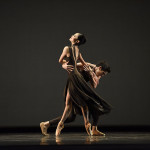
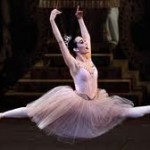



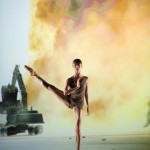
I saw New York Theatre Ballet deliver Antique Epigraphs at NYLA two years ago. In those intimate quarters the dance was mesmerizing: https://www.huffingtonpost.com/carla-escoda/new-york-theatre-ballet-g_b_9324256.html The dancers were coached by Kyra Nichols, and it showed in the careful attention to details, and in their sublime and mysterious expressions.